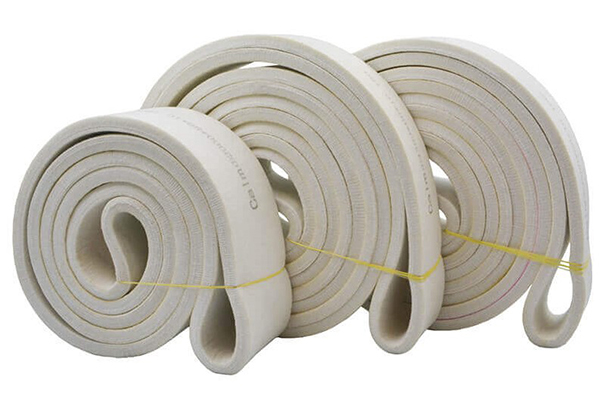Views: 1 Author: Site Editor Publish Time: 2020-10-28 Origin: Site
Polyester is a human-made fiber derived from coal, air, water, and crude oil. It is one of the most popular materials in the world as the yield is growing from year to year. There is no wonder that we can find it in a variety of consumer goods as well as industrial applications. Now, let's go through this article to know more about polyester.
In 1941, a new fiber called Terylene was first formed in a chemical reaction between acid and alcohol in the UK. Then DuPont has developed it for mass consumption and registered as polyester in 1953. The unique structure makes it an ideal choice for textiles. You may have heard or even talked about it a lot, but you may not know that polyester is actually a kind of plastic.
Insulativity: Polyester is non-conductive because of the low moisture absorption. It is an excellent insulator to prevent damage or loss caused by electric shock.
Shape retention: Polyester retains the original shape very well with high elasticity and resilience. It can spring back to get the recovery and withstand stretching, not easy to deform.
Tensile strength: Polyester fabrics and yarns are strong enough to resist abrasion and wrinkles. So the products made of polyester are durable and not easy to wear and tear.
Chemical stability: Polyester has good resistance to weak acids, weak alkalies, and organic solvents. That means the chemicals used in cleaning and stain removal do not damage it.
Easy to look after: Polyester is a quick-drying fabric, water-resistant, and not prone to mold. It is very strong yet lightweight, making it a great choice for outdoor clothing.
Non-breathable: It is much related to the low moisture regain between 0.2% to 0.8%. In other words, polyester has little ability to absorb water. So moisture can attach to the surface of the fiber without absorption, which leads to poor comfort.
Poor heat & flame resistance: The melting temperature of polyester varies from 255℃ to 300℃. It will shrink and melt in a fire, leaving hard residues and black smoke with a pungent smell.

Conveyor belt made of polyester fiber
Knitted or woven fabrics made from polyester fiber have a wide range of usages in clothing and home decor. Applications range from apparel like shirts, jackets, pants, and socks to upholstered furniture like cushions, blankets, bedsheets, carpets, and pillows. In general, if a garment is made from 100% polyester fiber, it is low cost and less comfortable. For this reason, it is more common for polyester to be blended with cotton or other natural fibers. This can greatly improve the durability, wrinkle and corrosion resistance of the clothing.
The performance of polyester fiber in industrial applications is not as outstanding as PBO or Kevlar. But with its high energy absorption, it can still be found in many areas, such as tire and plastic reinforcement, seat belts, tapes, conveyor belt fabrics, and so on. Take the aluminum extrusion process as an example. Using different heat resistant felt products depending on different temperature zone is an ideal way to save costs. Although the melting point of polyester is around 300℃, the proper working temperature for long-term use is 180℃. As a result, the polyester conveyor belt is an economical choice for the room temp zone in the handling table.
The above is a brief introduction to polyester. You can click here if you seek more information about other fibers. Also, if you ask for help, please feel free to contact us - Calm, the expert in industrial felt products. We will get back to you as soon as possible!